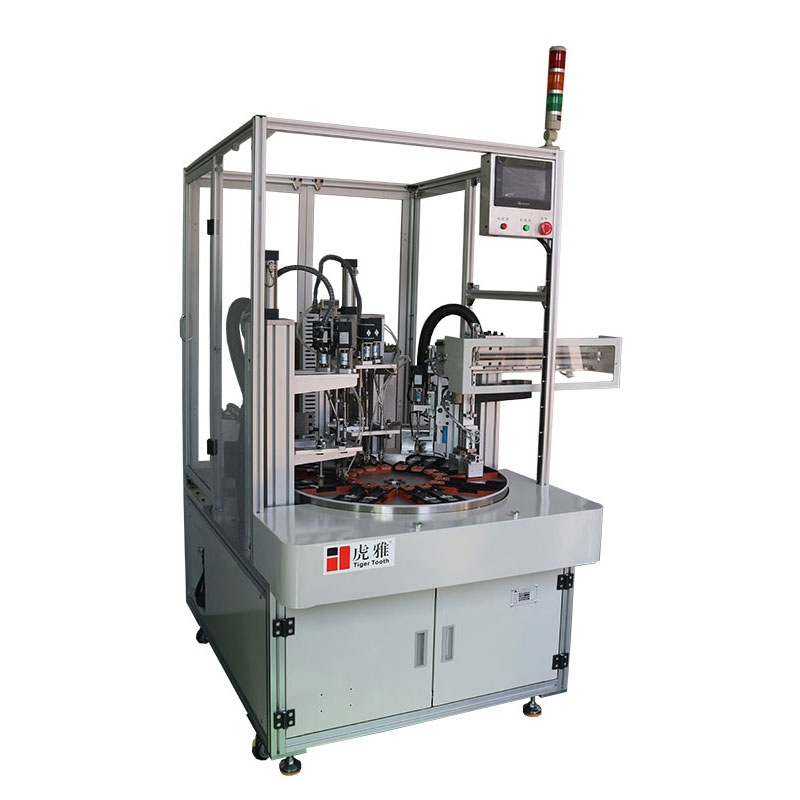News
News

In the modern era of industrial automation, the automatic servo-tightening machine has emerged as a crucial equipment in various manufacturing sectors. This machine is designed to perform fastening operations with precision, reliability, and consistency, thereby enhancing production efficiency and reducing labor costs. In this article, we will delve into the working principle of the automatic servo-tightening machine and understand its significance in the industrial landscape.

Automatic servo-tightening machines are widely used for screw fastening applications in industries such as automotive, electronics, aerospace, and consumer goods. These machines employ advanced servo-motor technology, allowing for accurate and adjustable torque control during the fastening process. The main components of an automatic servo-tightening machine include a servo motor, a controller, a sensor, and an actuator.
The working principle of an automatic servo-tightening machine can be broken down into several key steps:
Before the fastening process begins, the machine's sensor detects the presence of the screw or bolt. This sensor ensures that the machine operates only when a fastener is available, preventing any damage to the machine or the workpiece.
Once the screw is detected, the machine's actuator, controlled by the servo motor, positions the screwdriver or nutrunner at the desired location. Accurate positioning is crucial for proper fastening, and the servo motor's precision ensures that each screw is aligned correctly.
As the fastening process starts, the servo motor applies a specific torque to the screwdriver or nutrunner. The torque value is pre-programmed based on the requirements of the application. The servo motor's feedback system continuously monitors the torque and adjusts it accordingly to maintain consistency and prevent over-tightening or under-tightening.
Along with torque control, the automatic servo-tightening machine also employs angle control to ensure proper fastening. Once the desired torque is reached, the machine continues to rotate the screwdriver or nutrunner to a predetermined angle. This step is crucial for achieving the correct clamping force and ensuring the integrity of the fastened joint.
After the fastening process is complete, the machine provides feedback to the operator or control system. This feedback can include information such as the applied torque, angle, and success or failure status of the fastening operation. This data is valuable for quality control and process optimization.
Automatic servo-tightening machines offer several advantages over traditional fastening methods:
Precision: The servo motor's accurate torque and angle control ensure consistent fastening quality.
Speed: These machines can perform fastening operations much faster than manual methods, increasing production efficiency.
Reliability: With minimal human intervention, the risk of errors or defects is significantly reduced.
Adjustability: The machine can be easily reprogrammed to accommodate different fastening requirements.
Scalability: Automatic servo-tightening machines can be integrated into existing production lines or scaled up for higher volume applications.
The automatic servo-tightening machine has revolutionized the industrial fastening process, offering accuracy, efficiency, and reliability. Its working principle, based on advanced servo-motor technology, ensures consistent and precise fastening, making it an indispensable tool in modern manufacturing. By understanding the working principle and advantages of this machine, industries can further optimize their production processes and enhance overall productivity.
Copyright © Shenzhen City Huya Technology Co., Ltd. All Rights Reserved Sitemap | Powered by XiaoLiang